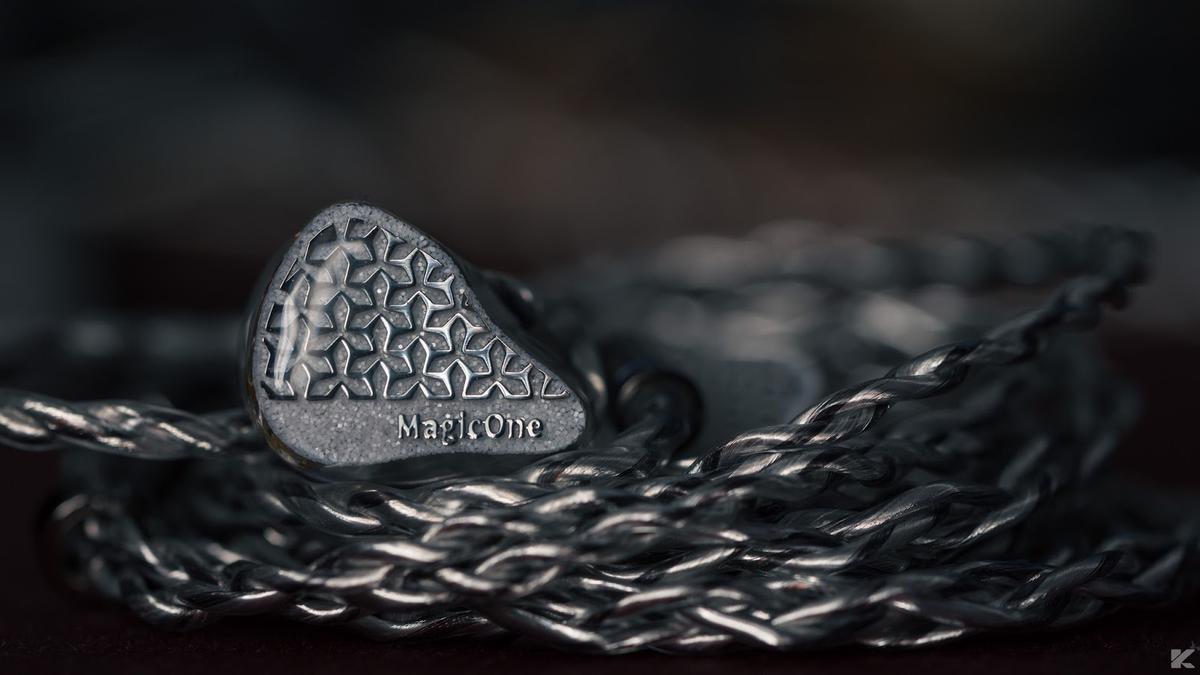The MagicOne are AFUL’s laudable attempt to prove that a single BA driver is all you need.
- Extravagant shell design with unique acoustic chamber
- Good end-to-end extension for a single BA
- Natural rendition of vocals
- Good staging and imaging
- Tame bass slam and punch
- Macrodynamics could be better
- The MagicOne are not the most resolving in their price range
Single-driver IEMs have a sense of purity attached to them. One driver covering the entire frequency range is an ideal that many brands have adopted in the past, and the likes of Sennheiser adhere to even now.
The underlying ideology is solid: one driver has no phase issues, can sound coherent across the entire frequency band, and makes it easier to create an ergonomic shell. Reality is more complex, however, as single drivers tend to have higher distortion at the extremities, resulting in less-than-ideal extension.
BA drivers usually fare worse than dynamic drivers in a “single unit” configuration, as full-range BA drivers push less air, have higher distortion in high SPL, and can sound tinny with an artificial timbre.
AFUL took the difficult route with the MagicOne: use only one BA driver and compete against multi-driver hybrids and other single-dynamic driver IEMs.
The MagicOne are not the first, nor only single-BA IEMs around, but they are the first one in a long time to employ some nifty acoustic chamber tricks to eke out the last bit of performance.
The real question is: is it all worth the hassle?
Unboxing and First Impression
Design and Build
The AFUL MagicOne have an understated yet classy design.
Subtle design details become ever so apparent as you look closer into the faceplate. Underneath the decorative chrome pattern, the pebble-like structure reflects light at different angles, creating a sense of depth.
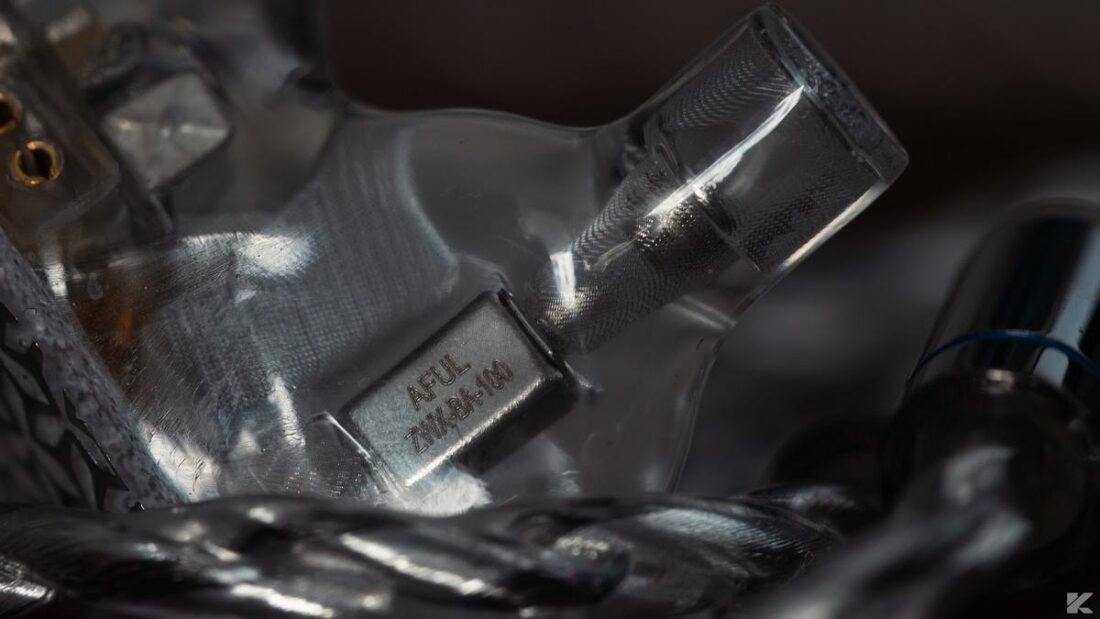
The resin is of very high quality and does not show any blemishes. The UV curing process is impeccable, ensuring even visibility throughout the shell. The 3D-printed tube and acoustic chamber have tight tolerances to reduce unit variance.
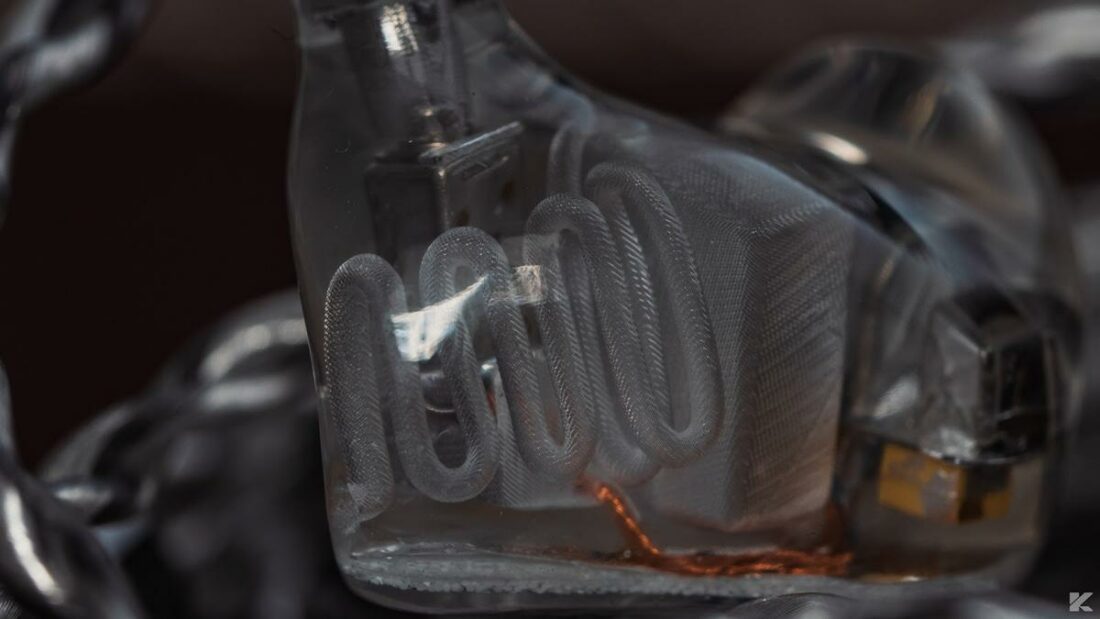
Finally, the 2-pin port is slightly recessed into the shell, resulting in better stability. Overall, excellent build quality with a unique faceplate design ensures that the MagicOne are recognizable from afar.
Cable
The stock cable is a mix of Oxygen-free Copper (OFC) and Silver-plated OFC, with the wires arranged in a Litz type 4 structure to reduce the skin effect. The cable is solidly built without being too bulky and has excellent ergonomics. I do not think that there is a need for an aftermarket upgrade cable.
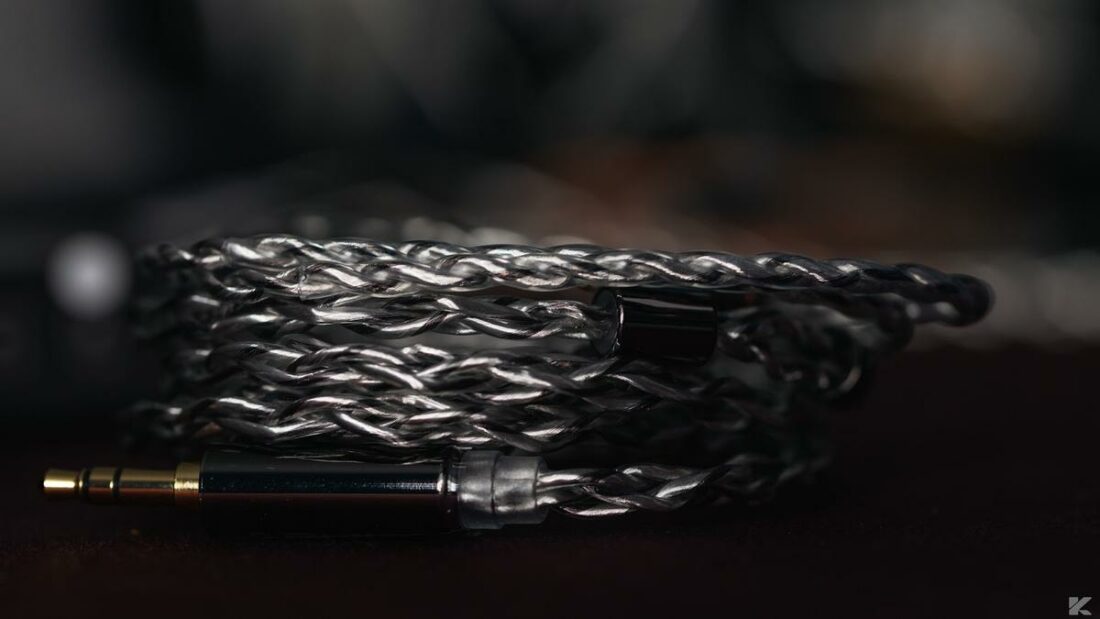
Comfort
Despite the lack of venting, I did not find the MagicOne to cause any discomfort even in long listening sessions. The shell has a pseudo-custom styling and offers a snug fit. Unless you have extreme sensitivities to pressure build-up within the ear canals, the MagicOne should be as comfortable as they come.
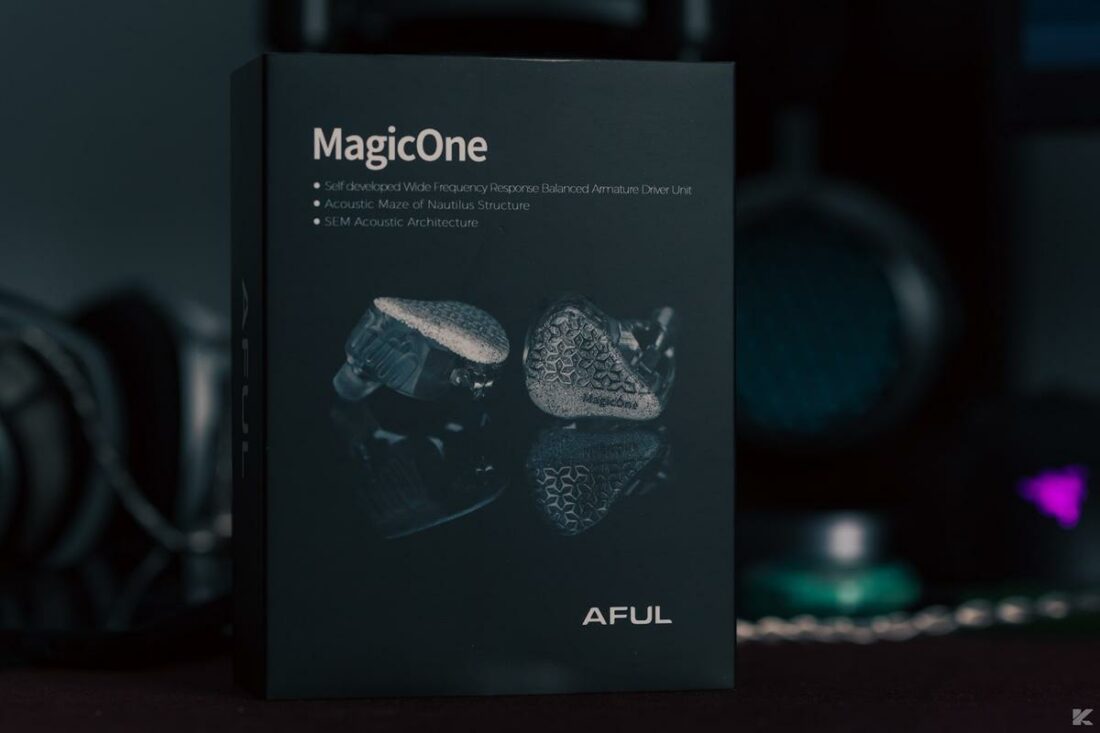
Under the Hood
AFUL MagicOne’s internal acoustic chamber design is a thing of beauty.
A lengthy, mazy Nautilus tube along with a dedicated resonator chamber increases driver back-volume and the length of the tube is calculated to boost the low frequencies.
The chamber is larger than the BA driver itself, so it’s understandable why the MagicOne are noticeably larger than your typical single BA IEMs.
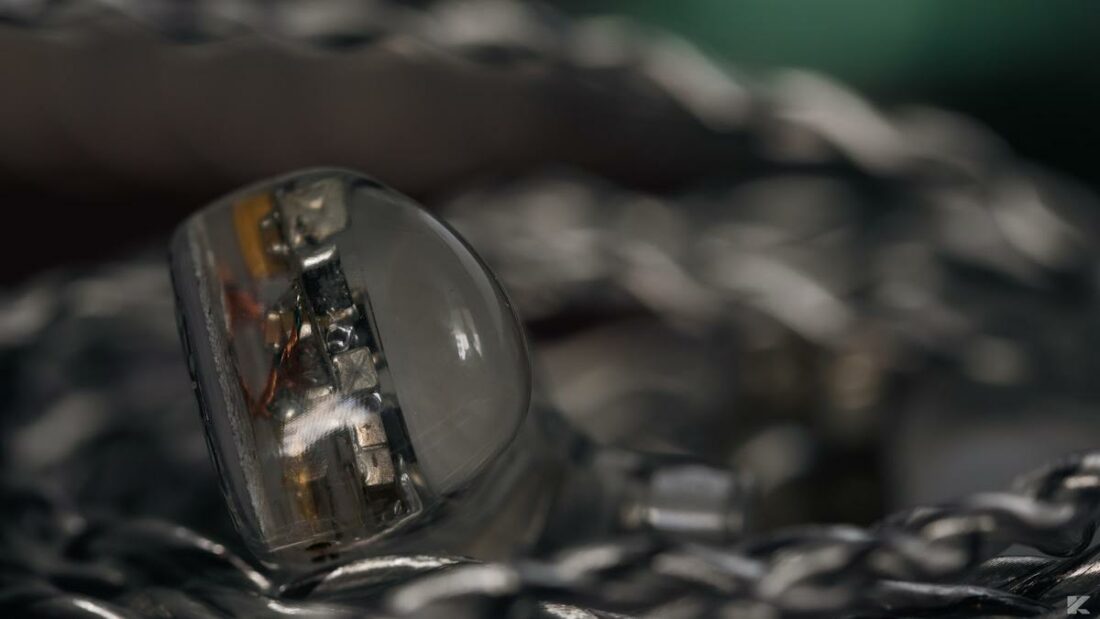
A RLC circuit (resistor, inductor, capacitor circuit) also aids in tuning the treble. The idea is that the RLC circuit will not only act as a band-stop filter to reduce treble peaks, but it should also resonate at a very high frequency (in the upper-treble region that is) to increase the treble response there.
How Do the AFUL MagicOne Sound?
The general tuning of the AFUL MagicOne can be labeled as “neutral with sub-bass boost”.
For a single-BA driver, the end-to-end extension is rather impressive, even though the upper-treble roll-off is evident as the driver’s limits are reached.
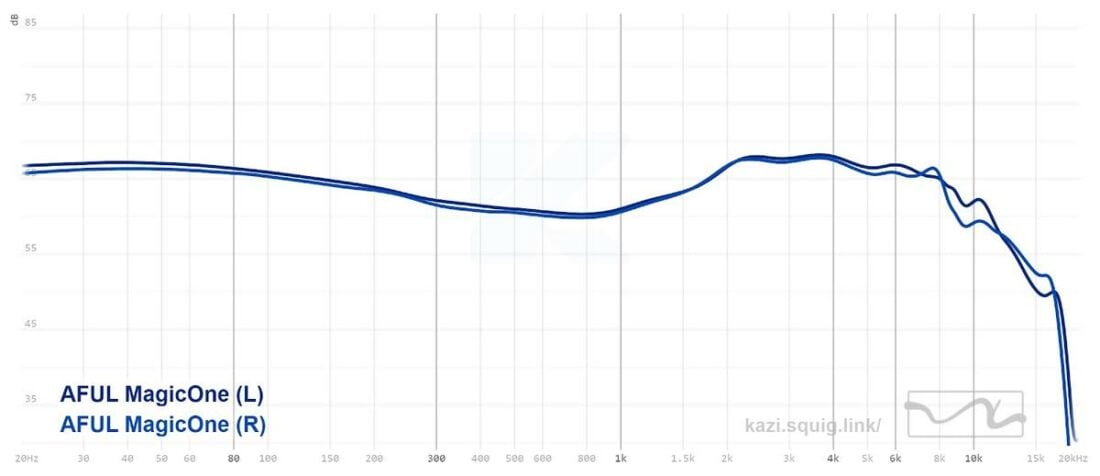
Bass
The low-end is full-bodied and even sub-bass notes are reproduced well. However, the bass lacks density and slam.
In Polyphia’s Playing God, for example, the sub-bass rumble is heard but not felt. Note separation is decent, and the transition from sub-bass to mid-bass is even-handed, resulting in above-average bass texturing for a BA driver.
The bass does not bleed into the lower-mids, rather it adds some fullness to male vocals. Overall, competent bass tuning but even with the acoustic tube wizardry, it’s difficult to defy physics. One BA driver cannot move that much air after all.
Midrange
The midrange is the best aspect of the AFUL MagicOne.
The vocals sound full, and the pinna gain is reigned in to avoid shoutiness or shrillness. Acoustic guitars and other string instruments have a rather pronounced leading edge due to no noticeable dip around 4kHz. This results in a satisfying rendition of guitar riffs, especially.
The one area where the mids can be a bit bland at times is overall timbre, which can be a tad dry at times. It’s not evident in most places but in tracks like Damien Rice’s Cannonball, the high-pitched vocals come across as such.
Treble
The MagicOne go for a safely tuned treble region.
Most of the presence region is linear instead of relying on dips and peaks. This brings forth the leading edge of cymbal hits and hi-hats, but due to the upper-treble roll-off, sustain or trailing edges are not evident.
On the plus side, there is no sibilance, and treble fatigue is avoided. However, this comes at the cost of airiness and overall resolution can sound reduced in the highs.
Nonetheless, this is still very good for a single-BA, albeit some multi-driver and even single-DD IEMs in this range offer more pronounced treble.
Technicalities
Staging and imaging are very good, especially for this type of IEMs. In Amber Rubarth’s Strive, the spatial projection is spread to near shoulder length and the stage depth is also well portrayed.
Imaging is precise for cardinal direction, although instruments in ordinal directions can come across as fuzzy. Instrument separation is good in less busy tracks but the driver’s limits are reached when complex tracks are introduced.
While macrodynamic punch is tame and does not convey the drama or gusto of sudden bass drops, the subtle shifts in microdynamics are well portrayed.
Pairing notes
I found the AFUL MagicOne to sound good with the balanced out of most of the dongles and sources I have on hand. The best pairing was achieved with Cayin RU7 for my tastes, but the Colorfly CDA-M1P also sounds good for a fraction of the price.
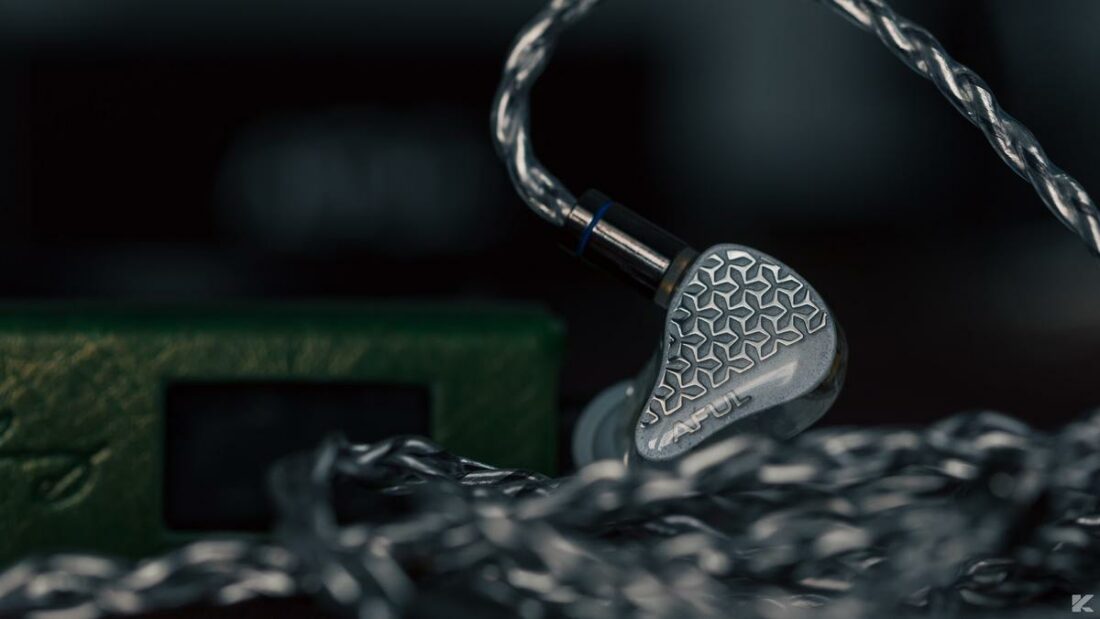
Comparisons
AFUL MagicOne vs Etymotic ER4SR
The legendary Etymotic ER4SR (and their variants) have been a mainstay in the “neutral reference” category for decades now. They also utilize a single BA driver, but due to the nature of the fit (extremely deep insertion), the treble frequencies suffer from less attenuation.
As a result, the ER4SR (and the ER4XR) offer class-leading treble extension from a single BA setup. Due to a more conventional fit, the MagicOne cannot quite compete in this regard, as despite the RLC circuit tricks, the upper-treble roll-off is more noticeable.
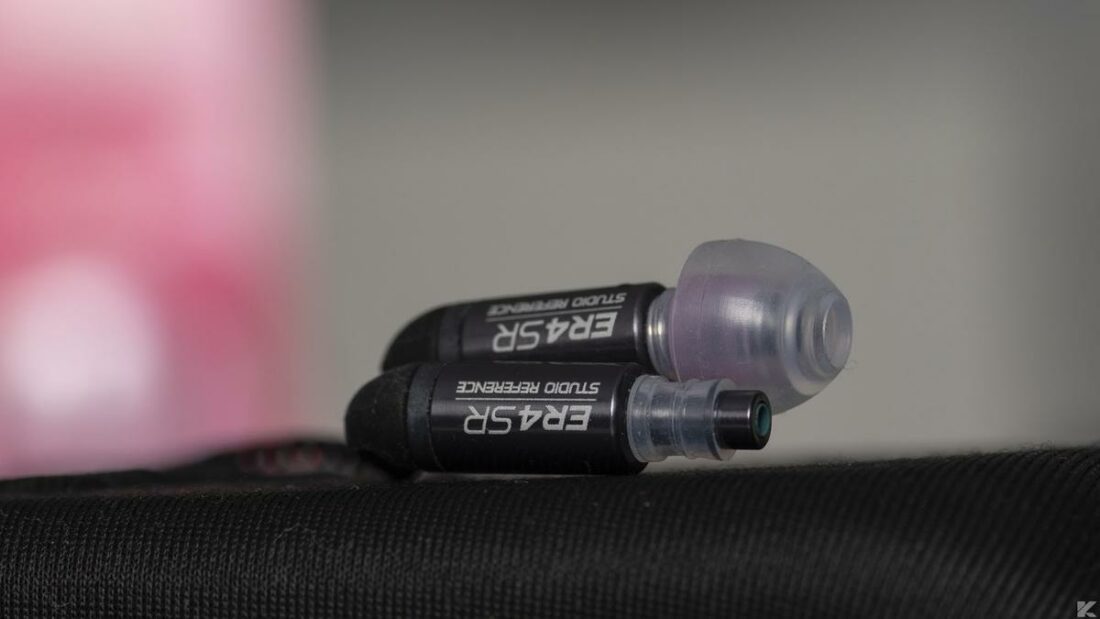
On the contrary, I prefer the bass tuning of the MagicOne compared to the ER4SR as it has more weight to the snare hits and pedals. Moreover, imaging and staging are better on the MagicOne, as the Etymotics tend to sound compressed and in-your-head.
Overall, in terms of raw resolution, the ER4SR are yet to be surpassed, but the MagicOne offer better spatial qualities and are far more comfortable for me to wear for long hours.
AFUL MagicOne vs Sennheiser IE 200
Sennheiser IE 200 are another single-driver affair but this time around it’s a single dynamic setup that’s built around Sennheiser’s proprietary 7mm dynamic driver platform.
The MagicOne have a better build and accessories, though the IE 200 may be more comfortable due to the small shell size.
As for the sound, the IE 200 are more V-shaped and offer a stronger sub-bass response (graph for comparison). The mids are more forward on the MagicOne, while treble has more brilliance and air on the IE 200.
Staging and imaging are better on the MagicOne, while the IE 200 offer better dynamics. Separation is another area where it’s mostly similar between these IEMs.
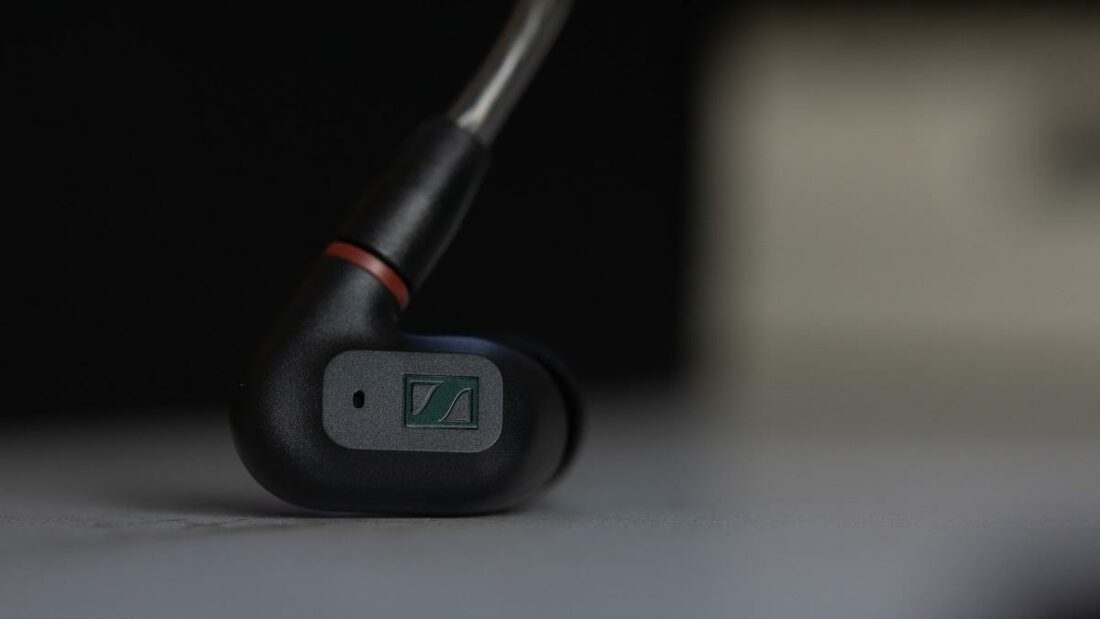
Overall, I think one can have both of these IEMs in their collection, but those preferring a calmer and smoother listen will gravitate towards the MagicOne. Those after more excitement shall find it in the IE 200.
Where to Buy
Who Should Buy This?
Those looking for a pair of reasonably priced IEMs with a novel internal acoustic design and natural tuning.
Final Thoughts
In the end, the AFUL MagicOne are more of a proof of concept than something poised to be a best value proposition. Their performance is competitive for the asking price but will not set new benchmarks.
Surprisingly enough, besides the average bass response (despite what the graph would tell you), the rest of the sound quality metrics are well done. The MagicOne are very good all-rounders and could be even better with a more robust bass performance.
While I do not think the MagicOne will be a single be-all-end-all mid-fi pair of IEMs, they are unique enough to keep in the collection or to at least audition given the very interesting acoustic design.
What’s in the Box?
- AFUL MagicOne IEMs
- Carrying case
- 8-wire Copper-Silver hybrid cable
- 6 pairs of tips
Technical Specifications
- Form: IEMs
- Driver: 1 x Balanced Armature driver
- Impedance (Ohm): 38 ohms
- Sensitivity (dB): 103 dB/mW
- Weight (g): 6g
- Frequency Response (Hz): 5 Hz – 35 KHz
- Removable Cable: Y
- Source Jack: 3.5mm
- Cup/Shell Jack: mmcx
